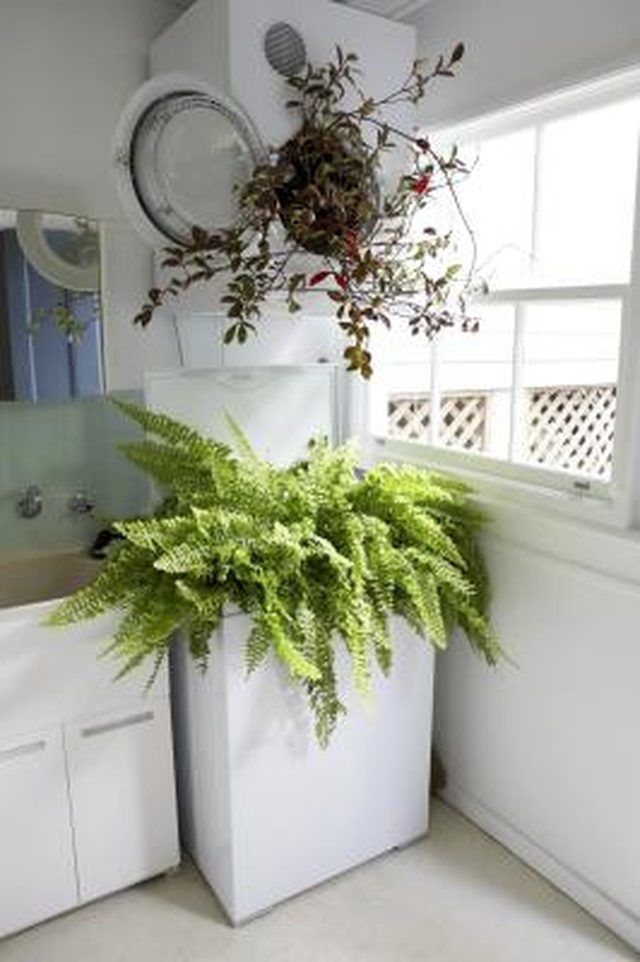Bulbs
Flower Basics
Flower Beds & Specialty Gardens
Flower Garden
Garden Furniture
Garden Gnomes
Garden Seeds
Garden Sheds
Garden Statues
Garden Tools & Supplies
Gardening Basics
Green & Organic
Groundcovers & Vines
Growing Annuals
Growing Basil
Growing Beans
Growing Berries
Growing Blueberries
Growing Cactus
Growing Corn
Growing Cotton
Growing Edibles
Growing Flowers
Growing Garlic
Growing Grapes
Growing Grass
Growing Herbs
Growing Jasmine
Growing Mint
Growing Mushrooms
Orchids
Growing Peanuts
Growing Perennials
Growing Plants
Growing Rosemary
Growing Roses
Growing Strawberries
Growing Sunflowers
Growing Thyme
Growing Tomatoes
Growing Tulips
Growing Vegetables
Herb Basics
Herb Garden
Indoor Growing
Landscaping Basics
Landscaping Patios
Landscaping Plants
Landscaping Shrubs
Landscaping Trees
Landscaping Walks & Pathways
Lawn Basics
Lawn Maintenance
Lawn Mowers
Lawn Ornaments
Lawn Planting
Lawn Tools
Outdoor Growing
Overall Landscape Planning
Pests, Weeds & Problems
Plant Basics
Rock Garden
Rose Garden
Shrubs
Soil
Specialty Gardens
Trees
Vegetable Garden
Yard Maintenance
The Temperature Range for an Outside Boston Fern
The Temperature Range for an Outside Boston Fern. Boston ferns were used as houseplants in the 19th century, but the native habitat of the fern is in swamps and forests of Florida. Boston ferns also are found in Mexico, Africa, Polynesia, and Central and South America.

Boston ferns were used as houseplants in the 19th century, but the native habitat of the fern is in swamps and forests of Florida. Boston ferns also are found in Mexico, Africa, Polynesia, and Central and South America.
Appearance
Boston ferns (Bostoniensis) have arching fronds that grow up to 3 feet long and 3 inches wide. The dark green fronds start off wide at the bottom and come to a point at the tips.
Culture
U.D. Department of Agriculture hardiness zones for the Boston fern are 9, 10 and 11, all of which have average low temperatures of 20 to 40 degrees Fahrenheit. Ideally, the temperature for outdoor ferns is between 65 and 95 degrees Fahrenheit, but the Boston fern will tolerate much colder temperatures.
Temperature Effects
Boston ferns grown in the ground outdoors will die back at first frost and grow back in the spring. Ferns grown in containers outdoors will remain green until the temperatures drop to the 40s. Once the temperatures drop, the green frond will turn yellow over the winter.